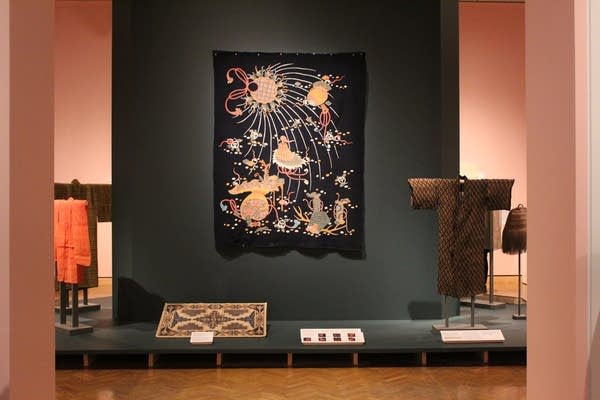Van Gogh and Japanese clothing: Two long-awaited exhibits open at MIA

Dressed by Nature: Textiles of Japan opened June 25 and will run until September 11 at the Minneapolis Institute of Art.
Sam Stroozas | MPR News
Go Deeper.
Create an account or log in to save stories.
Like this?
Thanks for liking this story! We have added it to a list of your favorite stories.


